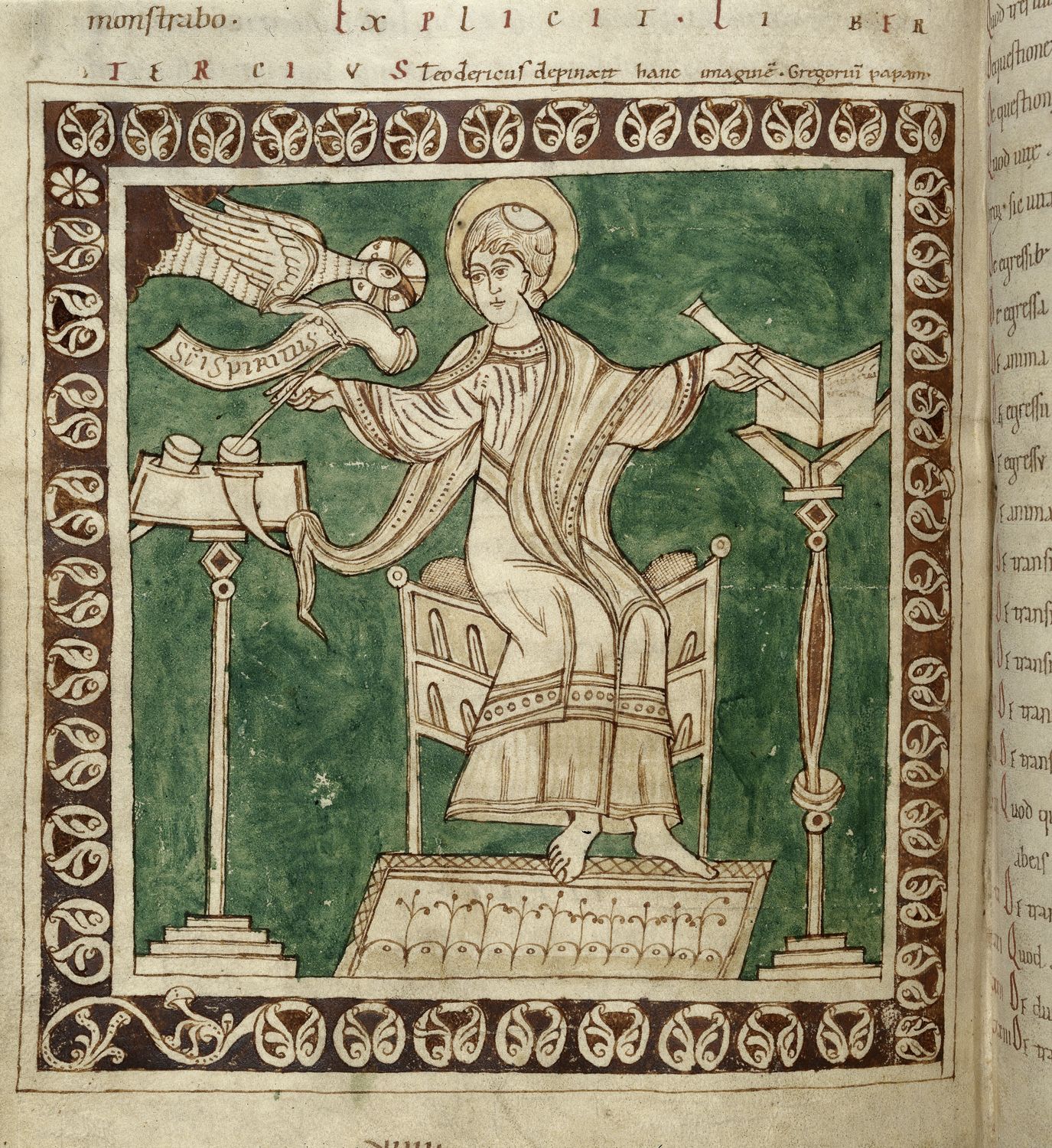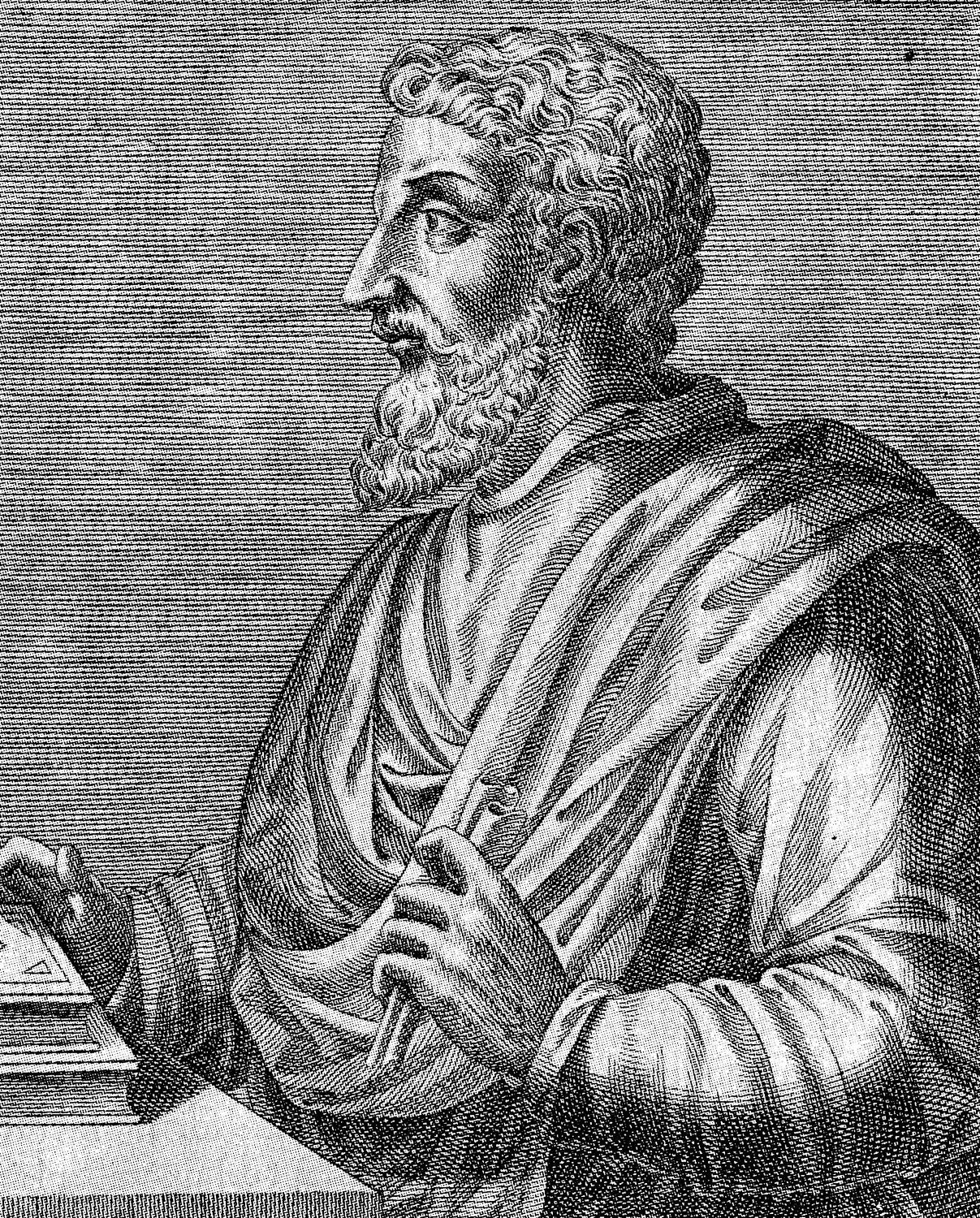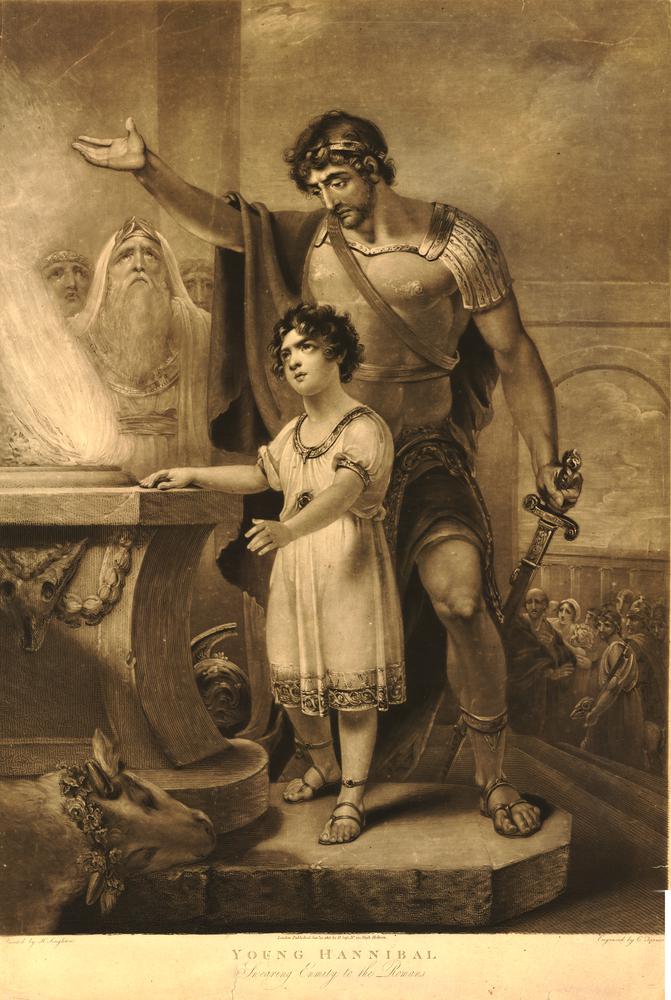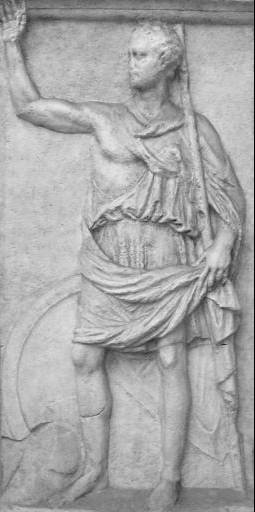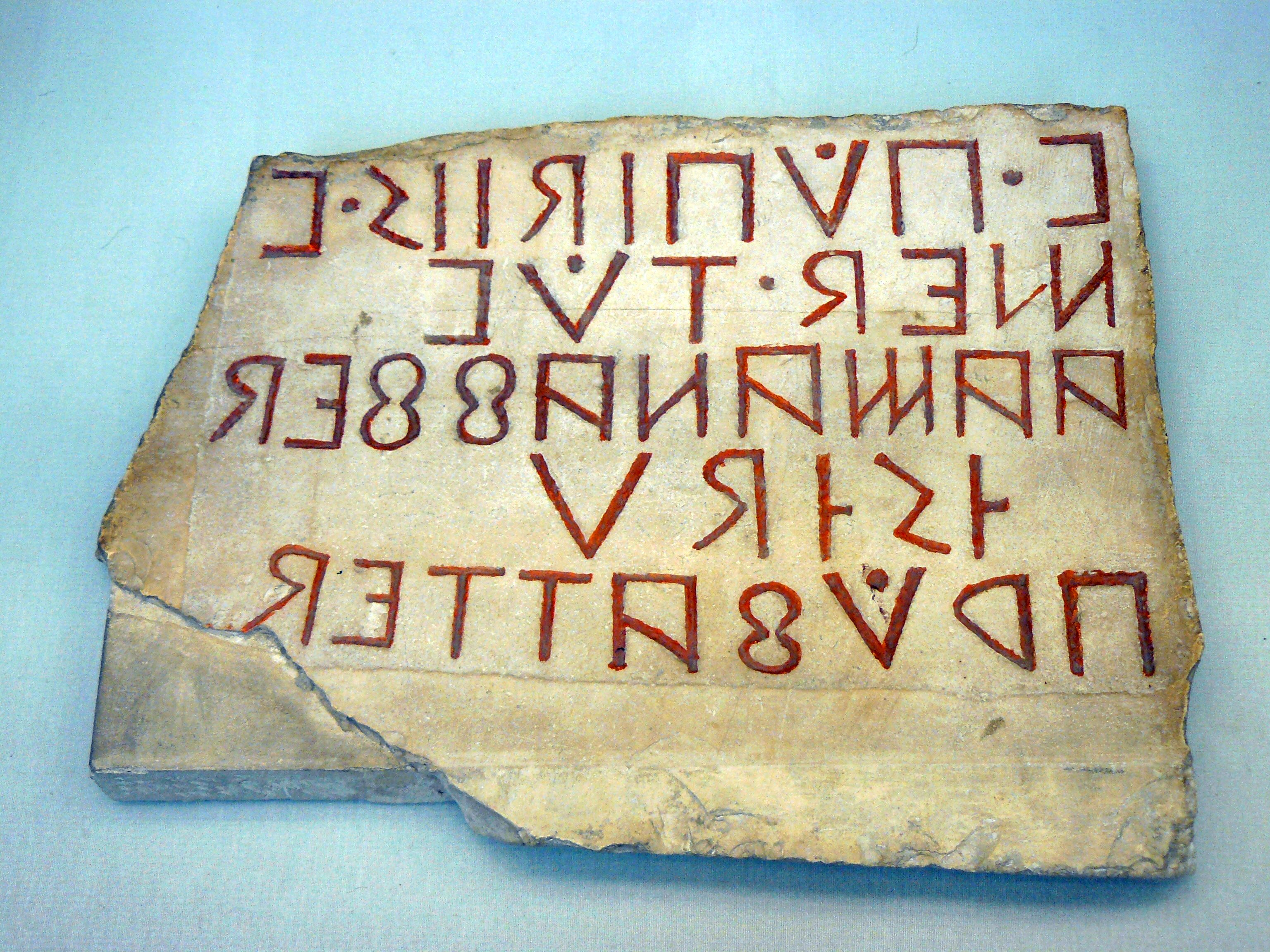|
Cassino (other)
Cassino () is a ''comune'' in the province of Frosinone, Southern Italy, at the southern end of the region of Lazio, the last city of the Latin Valley. Cassino is located at the foot of Monte Cairo near the confluence of the Gari and Liri rivers. The city is best known as the site of the Abbey of Montecassino and the Battle of Monte Cassino during World War II, which resulted in huge Allied and German casualties as well as the near total destruction of the town itself. It is also home to the University of Cassino. Cassino has a population of 35,969 as of July 2017, making it the second largest town in the province. History Ancient Cassino's roots lie in the settlement of Casinum, the last city of the Latins, of UmbrianTacitus, Annales or Venetic or Oscan origin, [...More Info...] [...Related Items...] OR: [Wikipedia] [Google] [Baidu] |
Casinum
Casinum was an ancient town of Italy, of Oscan origin. Varro states that the name in Oscan language meant ''forum vetus'' ("old forum"), and also that the town itself was Samnite before the Roman conquest. Casinum was a Samnite city only before the Roman conquest and it is difficult to reconstruct the history in the intermediate period, between Oscans and Samnites, when it had been occupied by the Volsci. When it came under Roman supremacy is not known, but it probably received the citizenship in 188 BC. It was the most southeasterly town in Latium adiectum, situated on the Via Latina about 40 miles north-west of Capua. It appears occasionally in the history of the Hannibalic War. Varro possessed a villa near it, in which later on Mark Antony held his orgies. Towards the end of the republic it was a ''praefectura'', and under the empire it appears as a colony (perhaps founded by the ''triumvirs''), though in two (not local) inscriptions it is called ''municipium''. Strabo sp ... [...More Info...] [...Related Items...] OR: [Wikipedia] [Google] [Baidu] |
Latins (Italic Tribe)
The Latins (Latin: ''Latini''), sometimes known as the Latians, were an Italic tribe which included the early inhabitants of the city of Rome (see Roman people). From about 1000 BC, the Latins inhabited the small region known to the Romans as Old Latium (in Latin ''Latium vetus''), that is, the area between the river Tiber and the promontory of Mount Circeo southeast of Rome. Following the Roman expansion, the Latins spread into the Latium adiectum, inhabited by Osco-Umbrian peoples. Their language, Latin, belonged to the Italic branch of Indo-European. Speakers of Italic languages are assumed to have migrated into the Italian Peninsula during the late Bronze Age (1200–900 BC). The material culture of the Latins, known as the Latial culture, was a distinctive subset of the proto-Villanovan culture that appeared in parts of the Italian peninsula in the first half of the 12th century BC. The Latins maintained close culturo-religious relations until they were defi ... [...More Info...] [...Related Items...] OR: [Wikipedia] [Google] [Baidu] |
Dialogues (Pope Gregory)
The ''Dialogues'' ( la, Dialogi) of Gregory the Great is a collection of four books of miracles, signs, wonders, and healings done by the holy men of sixth-century Italy. Summary Writing in a time of plague and war, Gregory structured his work as a conversation between himself and Peter, a deacon. His focus is on miraculous events in the lives of monastics. The second book is devoted to a life of Saint Benedict. Reception The ''Dialogues'' were the most popular of Gregory's works during the Middle Ages, and in modern times have received more scholarly attention than the rest of his works combined. From this, the author himself is sometimes known as Gregory the Dialogist. References External links Text A critical edition of the entire Dialoguesin Latin with a Greek translation, in ''Sancti Gregorii Papae I, cognomento Magni, opera omnia jam olim ad manuscriptos codices Romanos, Gallicanos, Anglicanos emendata, aucta, & illustrata notis'', studio & labore Monachorum Ordini ... [...More Info...] [...Related Items...] OR: [Wikipedia] [Google] [Baidu] |
Monte Cassino Opactwo 1
Monte may refer to: Places Argentina * Argentine Monte, an ecoregion * Monte Desert * Monte Partido, a ''partido'' in Buenos Aires Province Italy * Monte Bregagno * Monte Cassino * Montecorvino (other) * Montefalcione Portugal * Monte (Funchal), a civil parish in the municipality of Funchal * Monte, a civil parish in the municipality of Fafe * Monte, a civil parish in the municipality of Murtosa * Monte, a civil parish in the municipality of Terras de Bouro Elsewhere * Monte, Haute-Corse, a commune in Corsica, France * Monte, Switzerland, a village in the municipality Castel San Pietro, Ticino, Switzerland * Monte, U.S. Virgin Islands, a neighborhood * Monte Lake, British Columbia, Canada Arts, entertainment, and media * ''Monte'' (film), a 2016 drama film by Amir Naderi * Three-card Monte * Monte Bank or Monte, a card game Other uses * Monte (dessert) a milk cream dessert produced by the German dairy company Zott * Monte (mascot), the mascot of the Uni ... [...More Info...] [...Related Items...] OR: [Wikipedia] [Google] [Baidu] |
Marcus Terentius Varro
Marcus Terentius Varro (; 116–27 BC) was a Roman polymath and a prolific author. He is regarded as ancient Rome's greatest scholar, and was described by Petrarch as "the third great light of Rome" (after Vergil and Cicero). He is sometimes called Varro Reatinus to distinguish him from his younger contemporary Varro Atacinus. Biography Varro was born in or near Reate (now Rieti) to a family thought to be of equites, equestrian rank, and always remained close to his roots in the area, owning a large farm in the Reatine plain, reported as near Lago di Ripasottile, until his old age. He supported Pompey, reaching the office of praetor, after having been tribune of the plebs, tribune of the people, ''quaestor'' and ''curule aedile''. It is probable that Varro was discontented with the course on which Pompey entered when the First Triumvirate was formed, and he may thus have lost his chance of rising to the consulate. He actually ridiculed the coalition in a work entitled the ''T ... [...More Info...] [...Related Items...] OR: [Wikipedia] [Google] [Baidu] |
Hannibal
Hannibal (; xpu, 𐤇𐤍𐤁𐤏𐤋, ''Ḥannibaʿl''; 247 – between 183 and 181 BC) was a Carthaginian general and statesman who commanded the forces of Carthage in their battle against the Roman Republic during the Second Punic War. He is widely regarded as one of the greatest military commanders in history. Hannibal's father, Hamilcar Barca, was a leading Carthaginian general during the First Punic War. His younger brothers were Mago and Hasdrubal; his brother-in-law was Hasdrubal the Fair, who commanded other Carthaginian armies. Hannibal lived during a period of great tension in the Mediterranean Basin, triggered by the emergence of the Roman Republic as a great power with its defeat of Carthage in the First Punic War. Revanchism prevailed in Carthage, symbolized by the pledge that Hannibal made to his father to "never be a friend of Rome". In 218 BC, Hannibal attacked Saguntum (modern Sagunto, Spain), an ally of Rome, in Hispania, sparking the Sec ... [...More Info...] [...Related Items...] OR: [Wikipedia] [Google] [Baidu] |
Punic Wars
The Punic Wars were a series of wars between 264 and 146BC fought between Rome and Carthage. Three conflicts between these states took place on both land and sea across the western Mediterranean region and involved a total of forty-three years of warfare. The Punic Wars are also considered to include the four-year-long revolt against Carthage which started in 241BC. Each war involved immense materiel and human losses on both sides. The First Punic War broke out on the Mediterranean island of Sicily in 264BC as a result of Rome's expansionary attitude combined with Carthage's proprietary approach to the island. At the start of the war Carthage was the dominant power of the western Mediterranean, with an extensive maritime empire, while Rome was a rapidly expanding power in Italy, with a strong army but no navy. The fighting took place primarily on Sicily and its surrounding waters, as well as in North Africa, Corsica and Sardinia. It lasted 23 years, until 241BC, when the ... [...More Info...] [...Related Items...] OR: [Wikipedia] [Google] [Baidu] |
Ancient Rome
In modern historiography, ancient Rome refers to Roman civilisation from the founding of the city of Rome in the 8th century BC to the collapse of the Western Roman Empire in the 5th century AD. It encompasses the Roman Kingdom (753–509 BC), Roman Republic (509–27 BC) and Roman Empire (27 BC–476 AD) until the fall of the western empire. Ancient Rome began as an Italic settlement, traditionally dated to 753 BC, beside the River Tiber in the Italian Peninsula. The settlement grew into the city and polity of Rome, and came to control its neighbours through a combination of treaties and military strength. It eventually dominated the Italian Peninsula, assimilated the Greek culture of southern Italy (Magna Grecia) and the Etruscan culture and acquired an Empire that took in much of Europe and the lands and peoples surrounding the Mediterranean Sea. It was among the largest empires in the ancient world, with an estimated 50 to 90 million inhabitants, roughly ... [...More Info...] [...Related Items...] OR: [Wikipedia] [Google] [Baidu] |
Interamna Lirenas
Interamna Lirenas was an ancient Roman colony near the current Pignataro Interamna, in the southern province of Frosinone, central Italy. Modern archaeological excavations at the site commenced in 2010. History Interamna Lirenas was founded in 312 BC as a '' colonia'' of Latins in the ager casinas, on the route of the Via Latina. It was situated at the confluence of the Liri and Rio Spalla Bassa rivers, whence the name "Interamna" (meaning "between the rivers"). Interamna Lirenas served as a military base during the Samnite Wars, leading to its destruction by the Samnites in 294 BC. It was again ravaged by Hannibal in 212 BC; since it later sided with Carthage, after the Carthaginian defeat at Zama in 202 BC it was forced by Rome to pay heavy tribute. It became a ''municipium In ancient Rome, the Latin term (pl. ) referred to a town or city. Etymologically, the was a social contract among ("duty holders"), or citizens of the town. The duties () were a communal obligat ... [...More Info...] [...Related Items...] OR: [Wikipedia] [Google] [Baidu] |
Latin Colony
A Roman (plural ) was originally a Roman outpost established in conquered territory to secure it. Eventually, however, the term came to denote the highest status of a Roman city. It is also the origin of the modern term ''colony''. Characteristics Under the Roman Republic, which had no standing army, bodies of their own citizens were planted in conquered towns as a kind of garrison. There were two types: * Roman colonies, ''coloniae civium Romanorum'' or ''coloniae maritimae'', as they were often built near the sea, e.g. Ostia (350 BC) and Rimini (268 BC). The colonists consisted of about three hundred Roman families and were given a small plot of land so were probably small business owners. * Latin colonies (''coloniae Latinae'') were considerably larger than Roman colonies. They were military strongholds near or in enemy territory. The colonists were given large estates up to 35 hectares. They lost their citizenship which they could regain if they returned to Rome. Af ... [...More Info...] [...Related Items...] OR: [Wikipedia] [Google] [Baidu] |
Samnites
The Samnites () were an ancient Italic people who lived in Samnium, which is located in modern inland Abruzzo, Molise, and Campania in south-central Italy. An Oscan-speaking people, who may have originated as an offshoot of the Sabines, they formed a confederation consisting of four tribes: the Hirpini, Caudini, Caraceni, and Pentri. Although allied together against the Gauls in 354 BC, they later became enemies of the Romans and fought them in a series of three wars. Despite an overwhelming victory at the Battle of the Caudine Forks (321 BC), the Samnites were subjugated in 290 BC. Although severely weakened, the Samnites would still side against the Romans, first in the Pyrrhic War and then with Hannibal in the Second Punic War. They also fought in the Social War and later in Sulla's civil war as allies of the Roman consuls Papirius Carbo and Gaius Marius against Sulla, who defeated them and their leader Pontius Telesinus at the Battle of the Colline Gate (82 BC ... [...More Info...] [...Related Items...] OR: [Wikipedia] [Google] [Baidu] |
Volscians
The Volsci (, , ) were an Italic tribe, well known in the history of the first century of the Roman Republic. At the time they inhabited the partly hilly, partly marshy district of the south of Latium, bounded by the Aurunci and Samnites on the south, the Hernici on the east, and stretching roughly from Norba and Cora in the north to Antium in the south. Rivals of Rome for several hundred years, their territories were taken over by and assimilated into the growing republic by 300 BCE. Rome's first emperor Augustus was of Volscian descent. Description by the ancient geographers Strabo says that the Volsci formed a sovereign state near the site of Rome. It was placed in the Pomentine plain, between the Latins and the Pontine marshes, which took their name from the plain. Language The Volsci spoke Volscian, a Sabellic Italic language, which was closely related to Oscan and Umbrian, and more distantly to Latin. In the Volscian territory lay the little town of Velitrae (mode ... [...More Info...] [...Related Items...] OR: [Wikipedia] [Google] [Baidu] |


